
Introduction
Adorn your wrist with a remarkable and exclusive Solar System Planet Bracelet to express your admiration for the universe daily! Each bead is crafted to represent one of our solar system planets, including Earth. When you glance at this bracelet, moments of reflection arrive as you appreciate each planet individually. This blog post will give captivating knowledge on each represented planet alongside fascinating reasons why they are part of our world.
Brief Explanation Of The Solar System Planet Bracelet
Show off your love for our solar system and astronomy with a dazzling Solar System Planet Bracelet! Crafted of colorful beads, this bracelet is meant to commemorate all eight planets — Mercury, Venus, Earth, Mars, Jupiter, Saturn, Uranus and Neptune. Not only will it draw attention to your unique style, but it will also provide you with the perfect opener for conversations!
Purpose Of Blog Post
This blog post endeavors to provide an in-depth overview of each planet showcased on the solar system planet bracelet while furnishing interesting facts that shine a light on their role in our galaxy.
Mercury
Mercury is the closest planet to our sun and measures only 3031 miles in diameter; that’s less than half of Earth. With an orbital period of 88 days around the sun, it has one of the swiftest trips in our solar system planet. The day on Mercury is also peculiar as each Mercurian rotation takes as long as completing a full orbit – 88 days! It means that a single day lasts two years here!
Characteristics Of Mercury
Being the littlest in our Solar System Planet, Mercury is furthermore distinguished for its thin atmosphere of predominantly oxygen and sodium at its periphery. This implies that almost all surface characteristics are powerfully affected by temperature distinctions since there is no air to moderate temperatures between day-night sides. Mercury experiences a dramatic variation in temperature, warming up to an astonishing 800 degrees Fahrenheit near its equator during the day and dropping below -300 degrees at night near its poles. Because of this extreme climate, scientists hypothesize that life could be sustained on other planets with active magnetic fields similar to those found here.
Overview Of History & Significance
Mercury has been tied to various myths and legends due to its closeness with the sun – an object that symbolizes strength or power. In Roman culture, for example, the gods Saturn and Jupiter were thought to be born from three goddesses: Luna (the moon), Sol (the sun), and Mercurius (Mercury). Greek mythology also records how Hermes – known as ‘The Winged Messenger’ was revered because he could traverse across the skies swiftly- adopted his name in homage to this god’s swiftness.
Notable Missions To Study Mercury
Pioneering the exploration of Mercury, Mariner 10 launched in 1974-75 and documented more than 350 images from various angles – illustrating that its atmosphere was nonexistent as astronomers speculated. Following this mission, NASA took to space again with its Messenger mission in 2004 for a comprehensive mapping journey of both sides of planet Mercury. It acquired morphology details and meteorology data until 2013 when it crashed into the surface after 8 years of orbiting around the planet.

Venus
Situated only 67.2 million miles away, Venus is our sun’s second closest neighbor. From Earth, it appears mesmerizing white-yellowish due to its carbon dioxide and sulfuric acid clouds that blanket the surface. Despite its beauty, 864°F temperatures make this planet the hottest in our solar system—even outmatching Mercury! Befittingly enough, for such an intense environment, no moons or rings are orbiting around Venus; however, what lies beneath those dense clouds remains unknown.
Characteristics Of Venus
Boasting a composition of magnesium silicate and iron-sulfur compounds with less iron content than our planet Earth, Venus is unlike any other celestial body in the Solar System Planet. Not only that, but its thick clouds serve as an insulator that traps heat from the sun to give off remarkable auroras when charged particles penetrate its atmosphere. Additionally, due to its sluggish rotation rate – 243 days per cycle – the daytime on Venus is much longer than that of other planets, resulting in more extreme temperatures during periods with extended nights.
Overview Of History & Significance
Venus has been associated with many goddesses throughout history, including Ishtar of Babylon, Inanna from Sumer, Aphrodite from Greece and the Roman version: of Aphrodite Urania. All represent love and beauty in many forms – attributes that reflect off the yellowish-white clouds that shine brighter than any other stars or planets at night. The world Venus was affectionately named after the Roman goddess of love, beauty and fertility due to being the brightest heavenly body in contrast with other stars. Ancient cultures believed its beautiful color invoked fertility rituals, making it a source of admiration for many civilizations throughout history.
Notable Missions To Study Venus
In 1962, Mariner 2 became the first mission to explore Venus, unveiling critical details such as its scorching surface temperatures of 842°F. Subsequent missions like Pioneer 12 (1978) and Magellan (1990) used radar imaging systems to analyze closer while also helping scientists decipher dynamics, including winds that could gust up to 625 km/h by its equator. This year, two incredible missions—Akatsuki and BepiColombo—will launch to investigate various aspects of the enigmatic Venus.
Earth
Our home, Earth, is a breathtaking 93 million miles away from our brilliant sun. Boasting an extravagant 7,926-mile diameter (that’s nearly 25% larger than Venus!), this giant terrestrial planet has preserved its balanced atmosphere that consists primarily of nitrogen and oxygen with trace amounts of other gases like carbon dioxide, which helps to maintain life-sustaining temperatures for species on the planet – ranging from frigid -30°F near the poles to scorching hot 110°F in tropical jungles close to the equator.
Characteristics Of Earth
Earth’s solid surface comprises various materials, such as iron, nickel, and silicates like olivine, quartz, and feldspar. Its atmosphere houses essential gases — nitrogen & oxygen mostly– but also contains tiny amounts of other elements which, if present in high levels, can be hazardous to the planet by triggering global warming. Water covers 71% of its landmass, significantly more than any other celestial body in our Solar System Planet — thus sustaining different forms of life on land or sea.
Overview Of History & Significance
Throughout human history, Earth has held many names – ‘Terra’ (Latin), ‘Gaia’ (Greek) or ‘Tlalticpac’ (Nahuatl). Ancient cultures revered this planet for its physical features and spiritual connections it embodied as its home planet or even Mother Earth itself. Today we can appreciate the scientific importance of our precious terrestrial sphere due to heightened awareness about climate change caused by humanity’s actions. It is now time that words become action to protect and respect what was once called Terra.
Notable Missions To Study Earth
In 1964, the Mariner 4 probe was launched by NASA to explore Earth and return images from the Martian orbit specifically. The mission proved invaluable for scientists in understanding our planet’s atmosphere composition, which served as a stepping stone for future space exploration missions such as Apollo 11 in 1969. This historic expedition achieved an awe-inspiring feat: successfully landing on The Moon’s terrain, marking a victory not only technologically but politically due to Cold War hostilities between East & West during this period. Thanks to subsequent space probes, we now have a much deeper understanding of phenomena like plate tectonics and ocean currents patterns. This is made possible through data collected by satellites that orbit the Earth, such as GOES16 or ISS over long periods.
Mars
Mars is a distant, frozen realm that lies approximately 141 million miles from the sun. Its atmosphere of carbon dioxide and nitrogen gives it its trademark rust-hued hue when seen from Earth. With temperatures plummeting to a frigid minus 81°F on average, it’s one of the colder in our Solar System Planet; however, what makes Mars remarkable compared to other terrestrial bodies are its polar ice caps containing both water and CO2. Furthermore, despite its thin atmosphere compared to Earth, Mars is home to two small moons called Phobos and Deimos, which draw their names from Greek mythology characters.
Characteristics Of Mars
Mars’s core is composed of an intriguing amalgam; iron oxide encompassed by silicates like olivine and pyroxene, as well as sulfuric acid mists. This suggests that it was a much more active planet many years ago but has since become dormant because of its lack of water. Its day length comes close to 24 hours and 39 minutes, with four distinct seasons every year lasting approximately 6 months each.
Overview Of History & Significance
Throughout our collective history, Mars has been honored as an entity of war, demonstrated by its attributions to Ares in Greek mythology and Nergal in Sumerian culture. This reverence can be seen mirrored in the heavens; at sunset on Earth, we gaze upon a deep red hue that is not found among other celestial bodies—this intense shade is caused by iron oxide deposits within Mars’ soil reflecting the light towards us. Ancient societies, particularly the Babylonians, linked its mysterious reddish-orange hue with bloodshed and death due to their pantheon of gods associated with war. This connection further strengthened the link between Mars and violence in ancient mythology.
Notable Missions To Study Mars
In 1965, humankind launched Mariner 4—the first successful mission investigating Mars. Twenty-two awe-inspiring images were returned from the spacecraft. They offered us a better understanding of Martian geography, atmospheric composition and solar radiation levels that differ from Earth’s environment at various times of the day. By gathering critical data related to potential habitat conditions on Mars, missions like Viking 1 & 2 (1975), Spirit & Opportunity (2004) and Curiosity (2011) were able to differentiate climate changes in newer areas of the planet that had not been explored before. This essential information allowed us to make strides toward uncovering vital evidence regarding past life forms which may have inhabited Mars!
Jupiter
Jupiter, the fifth and most giant planet from our sun, soars through space at a distance of 483 million miles away. It takes 12 Earth years for this giant celestial body to orbit its star completely. An atmosphere mainly composed of hydrogen & helium combined with specks of methane, ammonia & water vapor radiates vibrant yellow-orange hues when seen nearby. With its proximity to the sun and vast mass, Pluto’s average estimated temperature of -234°F is substantially colder than other planets within our Solar System. Its size enables it to trap heat more effectively, thus allowing for a much lower temperature.
Characteristics Of Jupiter
Jupiter’s interior is composed of iron and silicates, just like Earth’s. However, these compounds are in much higher concentrations due to the planet’s enormous size and age. As a result, it experiences massive storms or “Red Spots” that can span thousands of miles across – with winds blowing at over 400 mph! This presents an immense danger for spacecraft passing nearby; strong electrical currents and heightened radiation levels near its north and south poles put even more risk into the equation.
Overview Of History & Significance
Since ancient times, Jupiter has been venerated by countless civilizations and referred to as Zeus in Greek mythology or Marduk in Mesopotamian culture. As the largest solar system planet, it was believed that its gravity reigned over all other celestial bodies–and certain tribes even mythologized these planets into a family under the reign of Jupiter! Skywatchers conjured up fascinating stories about each heavenly body based on their changing positions within the night sky during those eras.
Notable Missions To Study Jupiter
Pioneering the way for space exploration, Pioneer 10 was launched in 1973 to examine Jupiter and pave the path forward for future missions. The successful mission yielded invaluable data regarding Jupiter’s surface composition, magnetic field strength, and more, allowing scientists to comprehend better how this celestial body interacted with its environment beyond atmospheric boundaries. Following the success of Voyager 1 and 2 in 1979, Juno in 2016 enabled us to gain exceptional insight into Jupiter’s environment. By taking high-resolution images from the Galileo spacecraft sent back in 1995, we could observe dust storms swirling around polar regions and uncover what lies beneath layers of clouds. This feat also set a new technological and political standard when it became the first-ever probe to enter an outer planet’s orbit!
Saturn
Saturn, the sixth planet from our sun at a distance of 886 million miles, plays with light in lovely ways. Its yellow-gold atmosphere, made up mostly of hydrogen and helium, creates an average surface temperature of -288°F, significantly colder than ours here on Earth. Although much thinner than ours, its rings are stunningly beautiful: composed primarily of water, ice, and dust particles that reflect light in delicate shades depending upon one’s viewing angle over time. Moreover, it has 18 moons—most notably Titan, which holds an atmosphere resembling Earth’s—which are all named after figures from Greek mythology. This makes it one of a kind compared to other Solar System Planet.
Characteristics Of Saturn
Scientists believe Saturn’s core comprises an iron oxide, silicates like olivine and pyroxene, and amorphous carbon molecules. This suggests that the planet was once abundant with resources but has since become dormant due to a lack of water over time. Its day length clock in at 10 hours and 39 minutes while it experiences three distinct seasons each year lasting between 6–8 months per season.
Overview Of History & Significance
Saturn has been associated with many deities, such as Cronus (Greek) and El Elyon (Canaanite). These gods were typically linked to agriculture or harvesting – a concept attributed to the planet’s slower orbital speed than other nearby bodies. Because of this, it appears “stationary” in the night sky for extended periods, an ideal representation of beneficence accompanying moon cycles during the growing season. If myths from ancient cultures are true indicators, then these referential connections between Saturn and pantheons could explain why so many civilizations worshiped it.
Notable Missions To Study Saturn
In 1979, Voyager 1 became the very first mission sent to examine Saturn by humans. It provided us with thousands of images that offered never-before-seen perspectives on the gas giant’s geography and ring composition while suggesting that some moons orbiting near could be habitable! This massive blue-green sphere continues its journey through space, bringing new everyday understandings. By unlocking this crucial information, other missions such as Cassini Huygens (1997), New Horizons (2015), and Insight (2018) were subsequently able to investigate the connections between climate change and regions that had yet been undiscovered until now. We are getting ever closer to discovering life forms beyond our Solar System Planet!
Uranus
Uranus is the seventh planet from our sun, an impressive 1.8 billion miles away! Its average surface temperature of -364°F makes it one of the coldest objects in our Solar System. The atmosphere surrounding this icy giant consists mostly of hydrogen and helium with a hint of methane that gives Uranus its distinct blue-green color when viewed up close. Additionally, what sets Uranus apart from other solar system planets is its off-axis orbit on its side which causes seasons to last for 21 years, each rotation around the star!
Characteristics Of Uranus
Uranus’ core is primarily composed of iron oxide and silicate minerals, like olivine and pyroxene, which are held together by its immense gravity. This restricts any nearby moons or asteroids from reaching the planet’s surface due to a thick layer of clouds covering it completely. The gas giant has 27 known satellites, with Titania, Oberon, Ariel & Miranda being some of the most notable among them—all discovered in 1787 by William Herschel. Additionally, rings encircling the celestial body consist mostly of small water ice particles that could provide insight into past comet bombardment activity and possibly even offer clues about how this world came to be.
Overview Of History & Significance
Uranus, dubbed “Sky Father” by ancient Greeks and “Heavenly Spinner” in Babylonian culture, is featured in cosmic tales of the creation ceremonies from these civilizations. It has also been an essential part of astrology systems practiced across Asia for centuries, including China and India; despite scientific explanations behind its mysteries being uncovered over time, its influence continues today!
Notable Missions To Study Uranus
In 1986, Voyager 2 became the first successful mission to survey Uranus, providing scientists with unprecedented photos of its gaseous terrain and ring system. These images granted a better understanding of Jupiter’s environment- representing humanity’s initial success in reaching an outer planet orbit without any technical issues linked to atmospheric dispersion experienced when other comets passed too close by these zones.—By strategically unlocking prospective voyages devoted to studying Uranian moons such as Ariel and Titania, we could potentially identify evidence of life beyond Earth or even uncover some secrets about the origin of our universe.
Neptune
Neptune is the eighth planet situated over two billion miles away from our sun, with a frigid average temperature of -353°F. Its atmosphere mainly consists of hydrogen and helium molecules. At the same time, its distinctive blue-green hue on Earth sets it apart from other planets in our Solar system due to its methane composition. The gas giant Neptune is a celestial wonder, with 13 known moons—most notably Triton—as well as five perfectly arranged rings encircling it. These awe-inspiring features provide us with a further understanding of how matter can be organized beyond Earth’s gravitational force.
Characteristics Of Neptune
Scientists believe Neptune’s core consists mainly of iron oxide, silicates such as olivine and pyroxene, and amorphous carbon molecules. This suggests that the planet may have once been abundant in resources before becoming inactive over time due to a lack of water. Its day length is roughly 16 hours 6 minutes with two distinct seasons every year lasting between 4-7 months each; winter takes place when the poles facing away from the sun fall into darkness for some of its coldest months wherein sunlight barely reaches those areas!
Overview Of History & Significance
Neptune was referred to as various deities throughout human history — most notably among them Poseidon (Greek) and Neptunus (Roman)— both gods associated with sea or oceans, which further emphasizes its icy surface markings alluding towards this celestial body being the birthplace of vast amounts frozen material left scattered across dwarf planets it orbits near thus possibly forming basis many creation stories pertaining life coming “from deep” according to ancient cosmologies concerning respective civilizations who worshipped him deity form at some point distant past.
Notable Missions To Study Neptune
In 1989, Voyager 2 was sent on a journey to explore Neptune and provide humanity with unprecedented insight into the planet’s geography. The spacecraft returned thousands of images that revealed its gas giant rings and potentially habitable conditions on some moons orbiting close by! Humanity now had proof of this massive blue-green sphere traveling through space. This essential data opened up opportunities for subsequent missions such as Deep Space 1 (1998), New Horizons (2015) or Insight (2018). These voyages allowed us to gain further insight into the dynamics related to climate change while also exploring regions that had not yet been discovered. As a result, we were able to edge closer and closer to uncovering life forms outside of our Solar System Planet!
Pluto
Originally observed by astronomer Clyde Tombaugh in the 1930s, Pluto is a dwarf planet located within the Kuiper belt—a region of our solar system 3.7 billion miles from the sun and boasting an average surface temperature of -369°F. In addition to its freezing temperatures, Pluto also has a distinct atmosphere consisting primarily of nitrogen with parts of methane and carbon monoxide; this helps give the small world an ethereal blue hue when viewed up close and allows astronomers to gain insight into how it evolved.
Characteristics Of Pluto
It is thought that the small world has a core made up of iron oxide and silicate minerals held together by gravity. Its outer crust largely consists of frozen water, ice and vapor that warms the planet in direct sunlight. This protective cloud layer keeps away asteroids and other space debris from reaching its surface – preserving many valuable resources over time!
Why Is Pluto Sometimes Excluded From “Official List” Planets?
Initially believed to be the ninth planet in our Solar system due to its sizable size compared with moons orbiting other planets, recent discoveries uncovered several objects that are similarly sized on the outskirts of our system. This led the International Astronomical Union (IAU) to define all such celestial bodies as ‘plutoids’ in 2012. We may no longer count the former ‘planet’ as part of our official eight worlds, but that has not stopped educational institutions around the world from striving to keep up with current scientific data accepted in the public domain. Pluto still holds a special place in mythology for many ancient cultures who show reverence through artwork or literature, providing a fascinating insight into how past societies viewed celestial events and ever-changing skies throughout their civilizations’ growth!
Overview Of History & Significance
Throughout history, Pluto has been referred to as many different icons, such as Hades in Greek mythology and Yama in Hinduism; this celestial body is often associated with death or power. Furthermore, it plays an integral part in astrology systems practiced across parts of Asia like India and China, thus continuing to be influential amongst their populations for centuries even without understanding the scientific explanations behind its mysterious nature!

Conclusion
From the scorching Mercury to frigid Neptune, our Solar System Planet contains many enchanting planets worth delving into. We have inspected all 11 of them and familiarized ourselves with their roles in cultures around the world, scientific history, and celebrated expeditions. With our captivating solar system planet bracelet, wearers can observe these cosmic bodies while holding onto something tangible to celebrate how connected every living being is!
Recap Of The Information Presented In The Blog Post
In this blog post, we explored the incredible features of each Solar System Planet. For instance, Mercury has a molten core; Venus is cloaked by an immense atmosphere; Earth’s surface is covered with liquid water; Mars was once warm and inviting; Jupiter is the biggest gas giant in our solar system planet; Saturn has beautiful rings around it; Uranus exudes a blue-green hue amongst its clouds layers; Neptune reveals icy markings on its cold exterior and Pluto remains as one of the frostiest objects known to us. We also discussed their past relevance plus any noteworthy scientific missions sent out to analyze them more deeply.
Enhancing Appreciation For Our Solar System Planet Bracelet
Knowing our solar system’s various planets allows wearers to have a more meaningful relationship with their solar system planet bracelet. Instead of simply seeing it as an attractive fashion item, they can appreciate its significance in multiple ancient cultures that saw these celestial bodies as gods or symbols of energy and life. With this knowledge, people gain access to fashion trends and develop connections with the environment around them.

Final Thoughts & Call To Action
Let us take you on a journey through space with our solar system planet bracelet! Whether you’re drawn to planetary science or just looking for something trendy to spice up your wardrobe, this stellar accessory has something for everyone. So why not stroll through space with us on our Charmslucky site? Don’t miss out – wear your celestial voyage around your wrist and be the envy of all those who behold it!




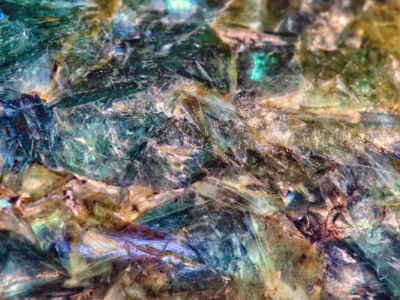








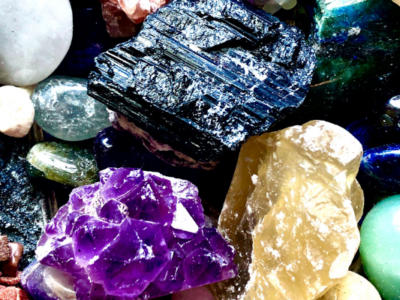
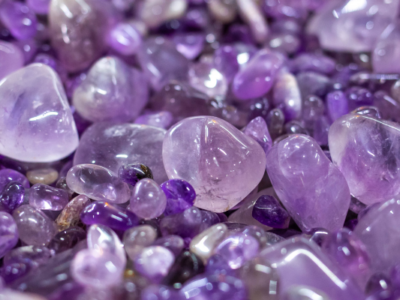




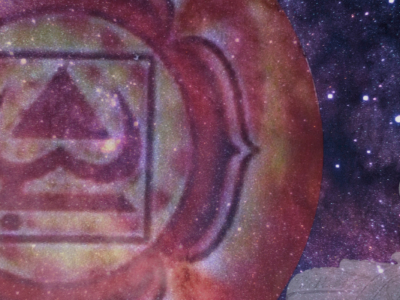

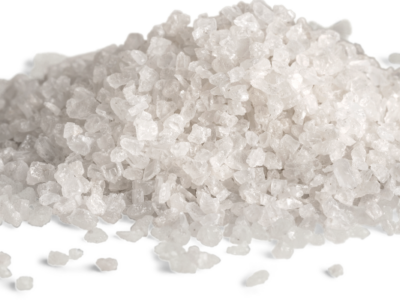

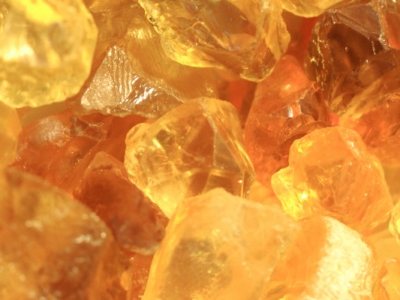


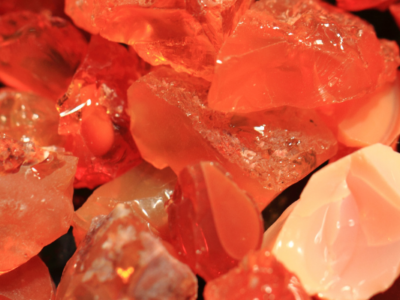





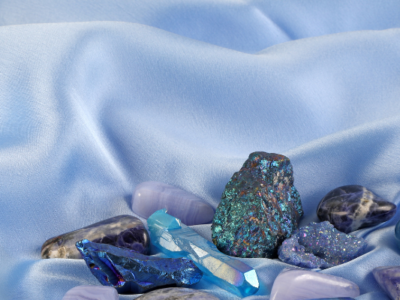

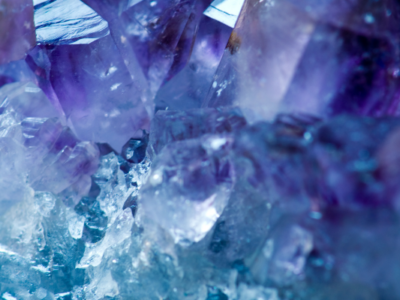





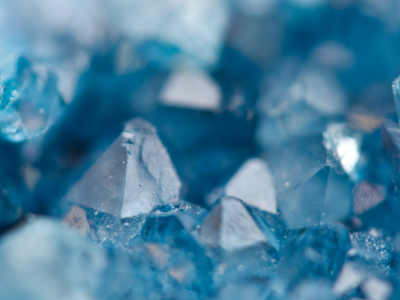




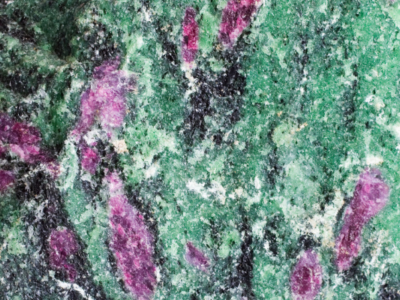

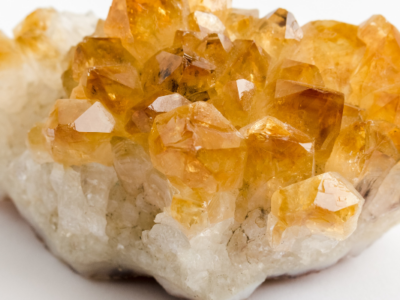
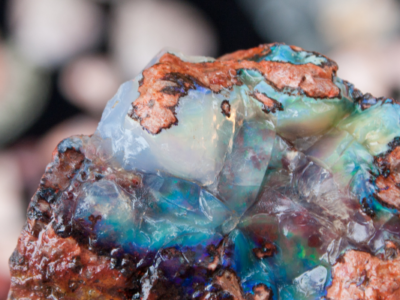
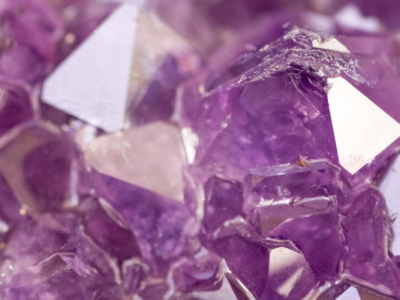








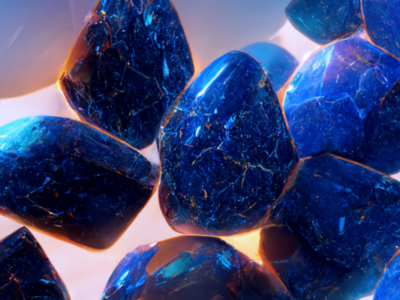


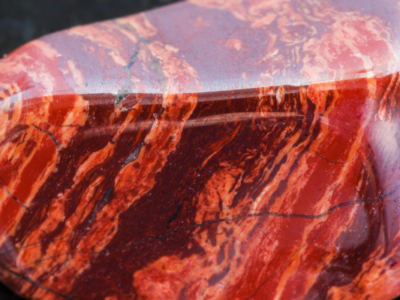





 Guardian Angels in Jewelry: The Allure of Angel Wing Sterling Silver Pendants
Guardian Angels in Jewelry: The Allure of Angel Wing Sterling Silver Pendants  Crystal Healing For Energy Balancing: How To Use Gemstones To Align Your Chakras
Crystal Healing For Energy Balancing: How To Use Gemstones To Align Your Chakras  The Meaning Behind Different Types Of Wrist Adornment: Bangles, Cuffs, And Wrap Bracelets
The Meaning Behind Different Types Of Wrist Adornment: Bangles, Cuffs, And Wrap Bracelets  Exploring The Ancient History Of The Amethyst Stone Chakra Bracelet
Exploring The Ancient History Of The Amethyst Stone Chakra Bracelet  The Benefits of Acupuncture for Wrist Healing
The Benefits of Acupuncture for Wrist Healing
Recent Comments